Oil based or latex primer for exterior?
Chris Stromberger
18 years ago
Featured Answer
Comments (22)
Michael_H
18 years agochisue
18 years agoRelated Professionals
Albuquerque Kitchen & Bathroom Remodelers · Phillipsburg Kitchen & Bathroom Remodelers · Hammond General Contractors · Mount Vernon General Contractors · Waimalu General Contractors · Camden Painters · Carmichael Painters · Clearwater Painters · East Bridgewater Painters · Ladera Ranch Painters · Lexington Painters · Lynwood Painters · Pensacola Painters · San Marcos Painters · West Valley City PaintersChris Stromberger
18 years agoMichael_H
18 years agotom_p_pa
18 years agoMichael_H
18 years agochisue
18 years agoChris Stromberger
18 years agoMichael_H
18 years agocorgilvr
18 years agoMichael_H
18 years agocorgilvr
18 years agoMichael_H
18 years agocorgilvr
18 years agojerry_nj
18 years agotommy54
15 years agojts11791_yahoo_com
12 years agoPatrick Demers
7 years agoPyewacket
7 years agoPatrick Demers
7 years agoCharles Graves Painting
last year
Related Stories
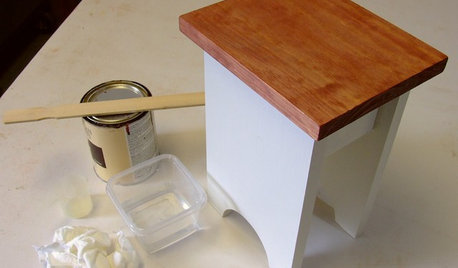
DIY PROJECTSCool Tip: Mimic Stain With a DIY Color Wash
Get the look of an oil-based stain without all the bother, using this easy wash made with paint
Full Story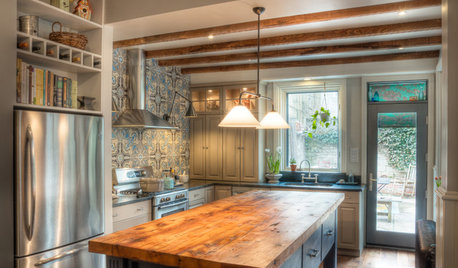
HEALTHY HOMENontoxic Paint 101
If 'VOC' sounds like gobbledygook and you have no clue what causes that funny smell, check out this primer on ecofriendly paint types
Full Story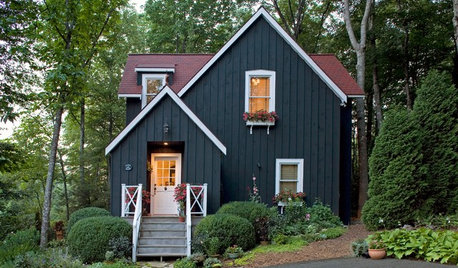
GREAT HOME PROJECTSHow to Get Your Home’s Exterior Painted
Learn how to hire and work with a painting contractor to get the best results
Full Story
FRONT DOOR COLORSFront and Center Color: When to Paint Your Door Black
Love the idea of a black front door? Here are 8 exterior palettes to make it work
Full Story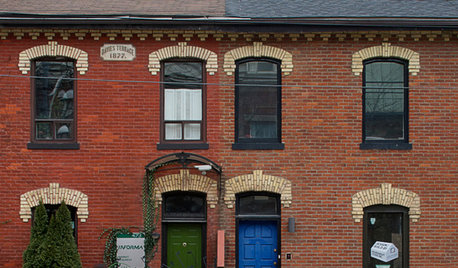
FRONT DOOR COLORSFront and Center Color: When to Paint Your Door Blue
Who knew having the blues could be so fun? These 8 exterior color palettes celebrate sunny-day skies to electric nights
Full Story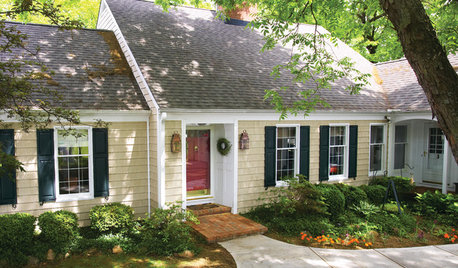
HOUSEKEEPINGHow to Wash Your House
Avoid damage to siding and plants while getting your home's exterior shining clean, with this guide to using pressure washers and hoses
Full Story
GREAT HOME PROJECTSHow to Give Your Driveway and Front Walk More Curb Appeal
Prevent injuries and tire damage while making a great first impression by replacing or repairing front paths
Full Story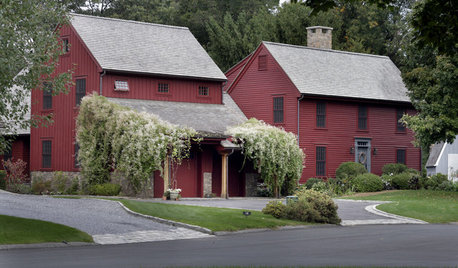
GREAT HOME PROJECTSReady to Repaint Your Home’s Exterior? Get Project Details Here
Boost curb appeal and prevent underlying damage by patching and repainting your home’s outer layer
Full Story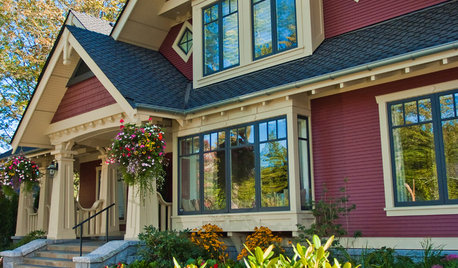
EXTERIOR COLORExterior Color of the Week: Rich, Fall-Friendly Reds
Look to the crimsons and burgundies of turning autumn leaves for a deep, captivating home color
Full Story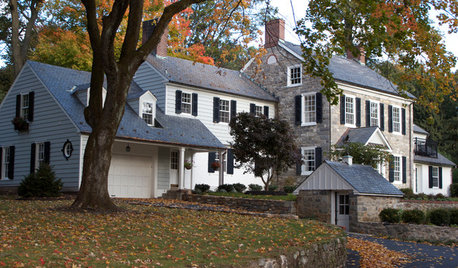
HOUSEKEEPINGIt’s Time to Clean Your Gutters — Here’s How
Follow these steps to care for your gutters so they can continue to protect your house
Full StoryMore Discussions







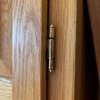

infodiva